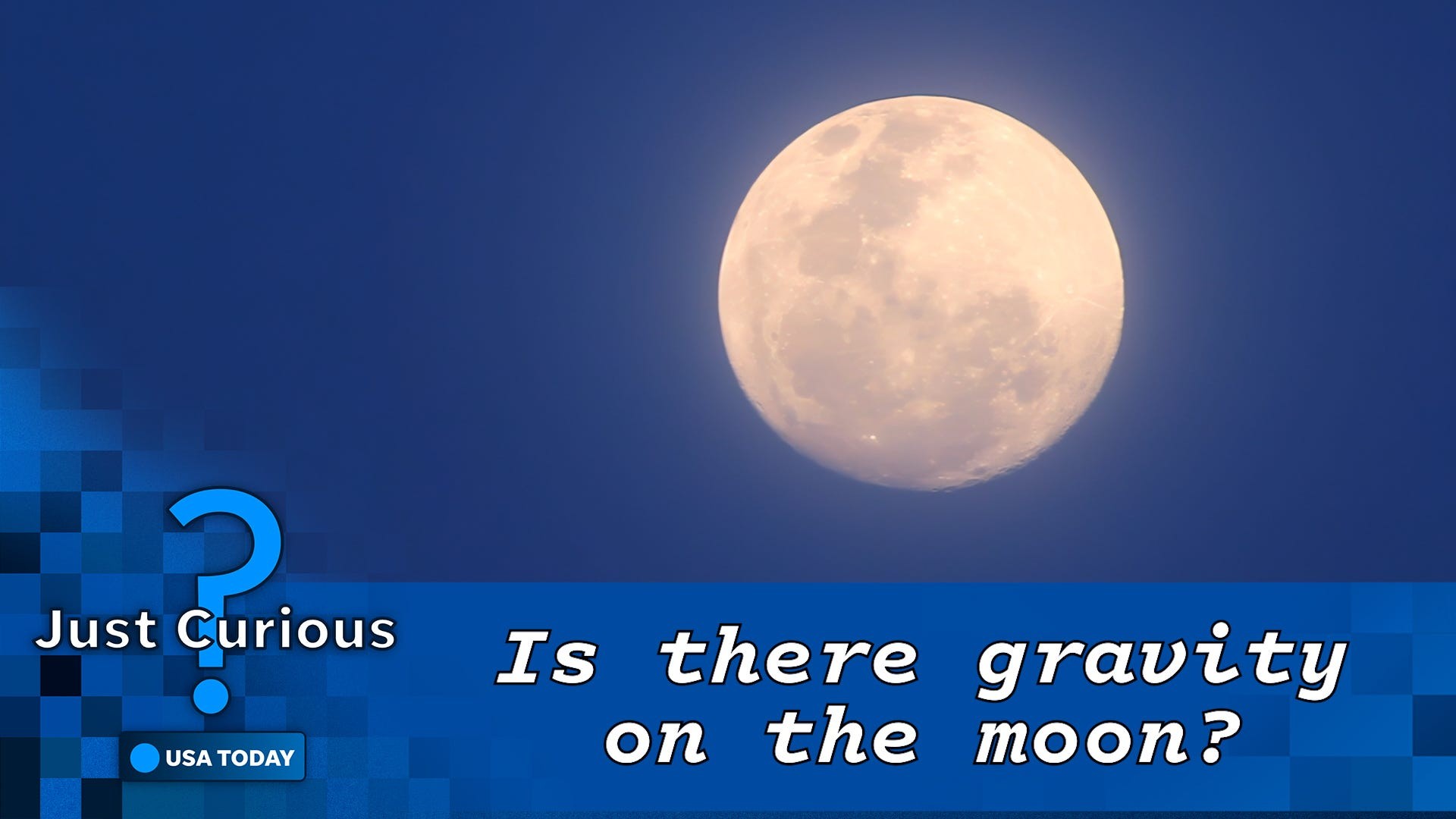The moon’s gravity is weaker than Earth’s, creating a noticeable difference in how objects and people move on its surface. This article explores the difference between the moon’s and Earth’s gravitational pull and why that matters.
The Moon’s Gravity vs. Earth’s Gravity
The moon does have gravity, but it’s significantly less than Earth’s. Specifically, the moon’s surface gravity is about 1.62 meters per second squared, while Earth’s is around 9.8 meters per second squared. This means the moon’s gravity is roughly one-sixth (1/6) of Earth’s.
 Astronaut jumping on the moon
Astronaut jumping on the moon
This difference in gravitational pull explains why astronauts appear to bounce and float when they walk on the moon. Since weight is a measure of the force of gravity on an object, a person would weigh considerably less on the moon than on Earth. For instance, a person weighing 150 pounds on Earth would weigh only about 25 pounds on the moon.
Why is the Moon’s Gravity Weaker?
The strength of a celestial body’s gravity depends on its mass. The more massive an object, the stronger its gravitational pull. The moon is much smaller and less massive than Earth, which directly results in its weaker gravitational force.
Variations in Lunar Gravity
Interestingly, the moon’s gravitational field is not uniform. Due to variations in crustal thickness and density, known as “Bouguer gravity anomalies,” some areas on the moon’s surface have slightly stronger gravity than others. NASA’s Gravity Recovery and Interior Laboratory (GRAIL) mission precisely mapped these gravitational variations, providing valuable insights into the moon’s internal structure.
The Moon: A Natural Satellite, Not a Planet
It’s important to distinguish that the moon is not a planet but Earth’s only natural satellite. It follows an elliptical orbit around our planet and is the fifth largest moon in our solar system. The moon itself is composed of three primary layers: a core rich in iron, a mantle likely made of minerals like olivine and pyroxene, and a crust containing a variety of elements such as oxygen, silicon, magnesium, and aluminum.
Conclusion
The moon’s gravity, at approximately one-sixth of Earth’s, significantly impacts how objects behave on its surface. This weaker gravitational pull, a consequence of the moon’s smaller mass, explains the iconic bouncing movements of astronauts in lunar footage. While the moon’s gravity is not uniform due to variations in its crust and mantle, its overall weaker force remains a defining characteristic of Earth’s natural satellite.